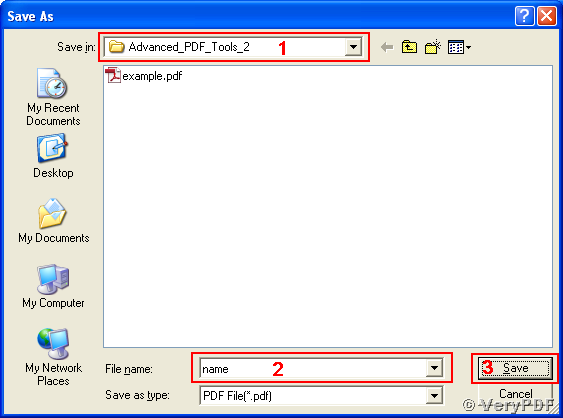Frequently Used Shortcuts ⌘+ Z or Ctrl+ Z Undo the last action ⌘+ X or Ctrl+ X Cut selected text or graphics ⌘+ C or Ctrl+ C Copy selected text or graphics to the Clipboard ⌘+ V or Ctrl+ V Paste the Clipboard contents Option+ ⌘+ G Choose the Go To command (Edit menu) Option+ ⌘+ L Open the Spelling and Grammar dialog box F8 Extend a selection ⌘+ ` (Grave accent) Go to the next window ⌘+ Shift+ S Choose the Save As command (File menu). Shortcut for select text to the end on mac os.
Select 'FileName' in the 'Field Names' list. Click to select the 'Add Path to File Name' check box option and click 'OK.' Save the document with the name and in the location you want to use. Right-click the file location field in the header or footer. Sysex transfer program for mac. Select 'Update Field' to see the file location in the header or footer. Inserting file path and name into document footer or header will help us know the location of the document. This tutorial will show you how to insert file path and name in footer or header in word. Kutools for Word: Add 100 New Advanced Features to Word 2003 / 2007 / 2010 / 2013 / 2016 / 2019.
Location of Microsoft Files Do you know where your personal preference files are located? Before Installing or erasing, it's a good practice to backup your personal preferences. • Identity [Your Mail] • • • • • • Location of Entourage Database It's important to know the location of your database because your rules, mailing lists, signatures, messages, data, schedules, contacts, tasks, notes, calendar are located in your database. Entourage 2004: ~/Documents/Microsoft User Data/Office 2004 Identities/your identity Entourage X: ~/Documents/Microsoft User Data/Office X Identities/your identity Entourage 2001::Documents/Microsoft User Data: Office 2001 Identities:your identity Note: your identity is called Main Identity unless you rename it. Preference Files for Entourage Entourage X, 2004 and 2008: ~/Library/Preferences/com.microsoft.OfficeNotifications.plist ~/Library/Preferences/com.microsoft.DatabaseDaemon.plist ~/Library/Preferences/com.microsoft.Entourage.plist ~/Library/Preferences/Microsoft/Entourage Preferences There are many com.microsoft files. Select your preferences folder in the Finder and search using 'microsoft' to show all the.plist files.
As you add preferences to items in Entourage, this list can grow.
By One of the most useful tools in all of Office 2011 for mac is the ability to make hyperlinks to just about anywhere. You can link to any file on your computer; these files are local files. To link to local files, you can use two kinds of links: • Absolute: This kind of link contains the entire file path to your content. The URL starts with file://localhost/Users/ and links to a file anywhere on your computer. This kind of URL works only for a single-user account. If you move the document, workbook, or presentation to another computer, the hyperlink won’t work. Use this kind of link only if you know your link will never have to work on another computer.
• Relative: A relative link contains only the filename of content that is linked within the same folder (at the same directory level) as the document, workbook, or presentation before you make the link. If you copy the folder itself that contains the document, workbook, or presentation file that also contains the content file, you can put the copy of the entire folder onto any media such as a flash drive, CD, or DVD, and the link will work on any computer. To set up your document to make a copy that can be distributed with relative hyperlinks, take these steps. • Press Command-S, or click the Save button on the Standard toolbar to save your document in its current location. • Choose File→Save As and click the New Folder button to make the folder that will contain your document and content prior to linking.
• Save a copy of your document, workbook, or presentation in the new folder. • Make copies of your content: In Finder, Option-drag copies of any content you want to link to into the folder. Now you can make links (following the directions in the next section) to the content that you put into the shared folder. To hyperlink to a local file on your computer, here’s what you do: • Display the Insert Hyperlink dialog by right-clicking selected text or an object and then choosing Hyperlink from the pop-up menu, or press Command-K.
• Click the Document tab. • Click the Select button. • Choose a file and then click Open to create the link and close the dialog. • (Optional) Click the ScreenTip button to display a dialog where you can type a ScreenTip that appears when someone hovers a mouse pointer over the hyperlink.

• (Optional) Click the Locate button. If the Web page has anchors (bookmarks), the Select Place in Document dialog displays and lists the anchors. If you’re linking to a Word document, a list of bookmarks displays. If you’re linking to an Excel workbook, you can link to a sheet name, named range, or named object. PowerPoint offers a list of slides to link to. Choose a bookmark from the list in the Select Place in Document dialog and then click OK to close it.
Convert cdr to jpg for mac. Cdr to jpg free download - CDR Scanner, JPG Compress, Sizerox, and many more programs. Convert PDF files to image on Mac. Free to try Publisher: iPubsoft Studio Downloads: 779.